Kids don’t just decide to bottle things up one day—it’s usually something they learn over the years, often without anyone noticing.

Sometimes it’s the little things parents say or do that send the message loud and clear: your feelings aren’t welcome here. These quiet mistakes don’t come from bad intentions, but they can leave lasting marks on how children express—or suppress—what they’re going through. Here are some of the biggest mistakes that might stifle kids’ emotional expression.
1. Shutting down big emotions with “you’re fine”

It might seem harmless, but brushing off a kid’s upset feelings with a quick “you’re fine” can teach them that their emotional experience isn’t valid. Even if the situation seems small to an adult, the child is still having a real reaction in their world. When this becomes a pattern, kids learn that expressing pain or fear gets them dismissed. Instead of reaching out next time, they’ll learn to push it down, and figure it out on their own, even when they shouldn’t have to.
2. Only giving comfort when kids are calm
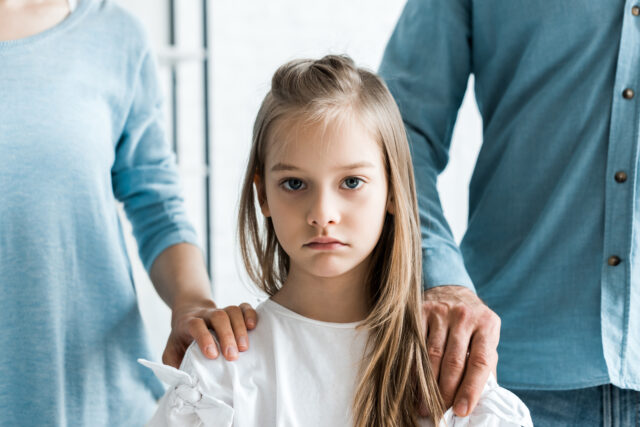
If comfort only comes after a child has “pulled it together,” it sends the message that emotions need to be cleaned up before connection is allowed. It teaches them that they have to be easy to deal with to deserve support. This makes kids feel like love is conditional, and that emotional messiness makes them unworthy. As time goes on, they might stop expressing the full truth of how they feel to avoid being seen as difficult or dramatic.
3. Laughing at their feelings when they’re serious
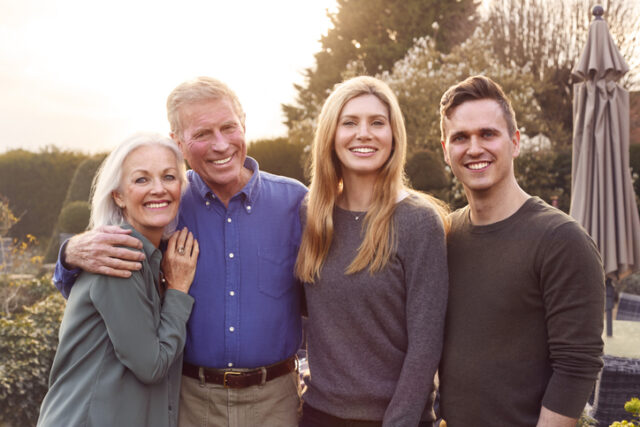
It’s easy to forget how intense things feel when you’re small. But when a child shares something that genuinely upset them and they get laughed at, it teaches them that their vulnerability is something to mock, not something to hold with care. Even when the reaction seems funny to an adult, dismissing it can feel humiliating to a kid. They’ll think twice before being open again, especially if they’re afraid of being made the punchline.
4. Using shame-based discipline
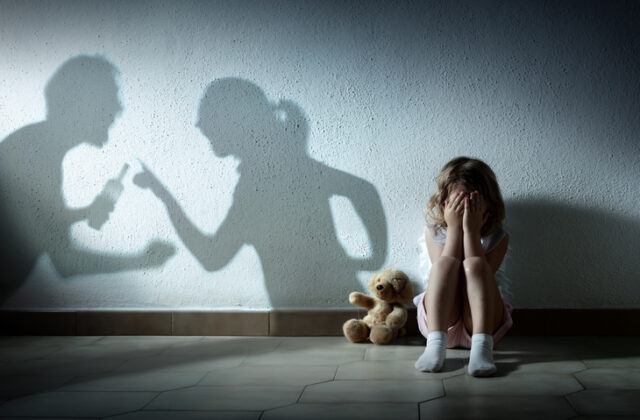
When discipline is loaded with shame—things like “what’s wrong with you?” or “you’re such a disappointment”—kids internalise the idea that strong feelings make them bad. Instead of learning how to navigate emotions, they just try to hide them. Shame doesn’t teach better choices. It teaches kids to disconnect from the parts of themselves that feel too messy, and to avoid showing any emotion that might trigger rejection.
5. Pushing independence too soon

Encouraging independence is healthy, but when parents expect emotional self-sufficiency before a child is ready, it can backfire. Kids might start believing their emotions are burdensome or something they should keep to themselves. When they’re told to stop crying or work things out alone, they don’t become stronger—they just become quieter. That silence often sticks well into adulthood.
6. Not allowing space for “negative” feelings

Some parents are uncomfortable when their kids feel sad, angry, or anxious, and they try to shift the mood as quickly as possible. While well-meaning, it sends the message that those emotions are unwelcome or inconvenient. Kids pick up on this quickly and start filtering their feelings to keep the peace. They learn to suppress what’s real and only show what they think their parents want to see.
7. Calling them dramatic or sensitive

Labels like “too sensitive” or “so dramatic” might be tossed around casually, but they cut deep. When a child hears this regularly, they start to believe that their emotional reactions are flaws they need to hide or fix. Eventually, they’ll minimise their experiences even to themselves. Instead of asking for support, they’ll bury their emotions to avoid being labelled again.
8. Not modelling emotional honesty

Kids learn how to handle emotions by watching how adults handle theirs. If parents never admit when they’re sad, stressed, or upset, kids start to think that being strong means staying silent. Without emotional modelling, children have no roadmap for what healthy expression looks like. They grow up thinking that hiding feelings is what adulthood—and love—requires.
9. Punishing kids for emotional outbursts instead of helping them through them

When a child is melting down, they’re not trying to be difficult—they’re overwhelmed. However, if those moments are met with punishment instead of support, it teaches them that emotional dysregulation is something to be ashamed of. Instead of learning how to calm down with help, they learn to stuff it all in so they don’t get in trouble. The emotions don’t disappear—they just stop being visible.
10. Expecting emotional maturity beyond their age

Sometimes parents forget that emotional development doesn’t move as fast as language or logic. Kids might sound grown-up, but that doesn’t mean they can process feelings like an adult can. When they’re expected to handle things with composure all the time, it puts pressure on them to act rather than feel. And that pressure slowly teaches them to hide their real reactions in order to seem more mature than they are.
11. Not validating emotions before offering solutions

Jumping straight to “fix it” mode when a child is upset can feel like you’re ignoring the emotional part altogether. Even if the advice is good, it skips the most important step, making the child feel heard. When kids constantly get solutions instead of empathy, they learn to go quiet instead. They stop opening up because they don’t want advice—they want connection first.
12. Acting like emotions are embarrassing in public
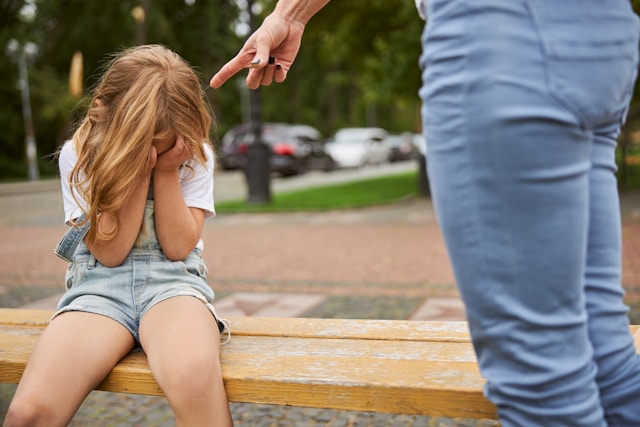
If a child gets upset in a public setting and the parent immediately reacts with panic, shushing, or shame, it tells the child their feelings are something to be hidden. The message becomes clear: don’t make a scene, even if you’re hurting. This can stick with them long-term. They start associating emotional expression with humiliation and will go out of their way to avoid showing anything real, especially in front of other people.
13. Dismissing emotional needs during conflict
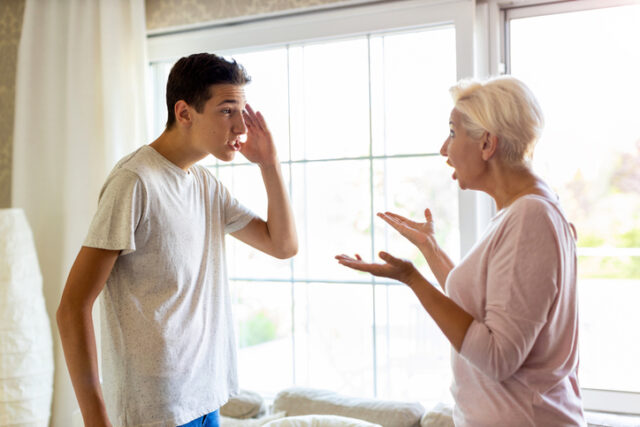
In heated moments, it’s easy for a parent to focus on who’s right instead of how the child feels. However, when emotions are brushed off during arguments, it teaches kids that conflict and connection can’t coexist. They might start believing there’s no safe way to express emotions in tense situations, so they stay quiet and bottle it all up. That habit doesn’t disappear when they grow up—it just goes underground.
14. Treating emotional control as the goal instead of emotional understanding

Some parents view emotional outbursts as behaviour problems to be eliminated, rather than signals that something deeper is happening. This can lead to a constant focus on control rather than connection. When emotional expression is treated like a flaw to be corrected, kids learn to keep it inside to avoid being “too much.” Instead of understanding themselves better, they just learn how to hide what they feel—and lose touch with it along the way.




